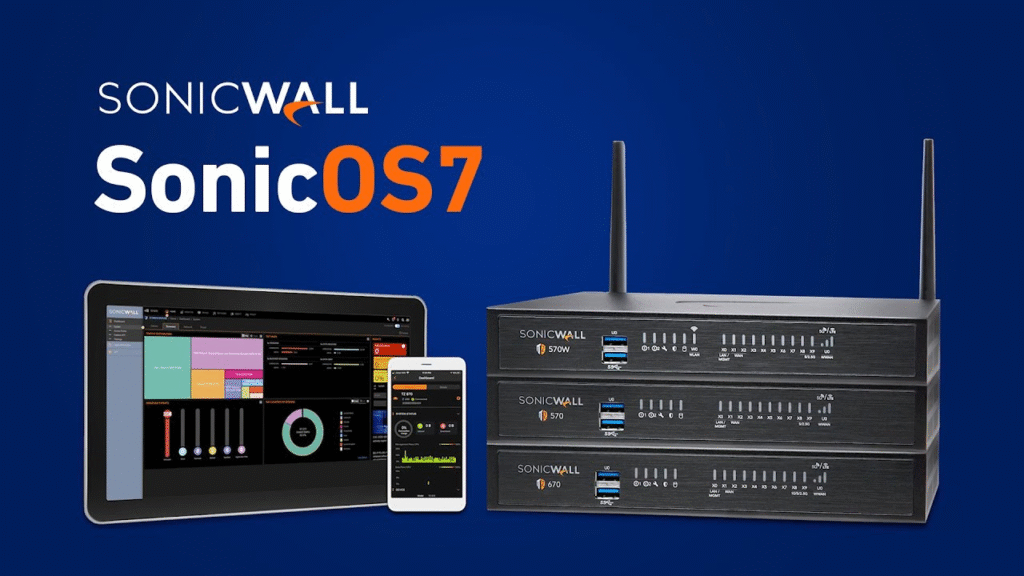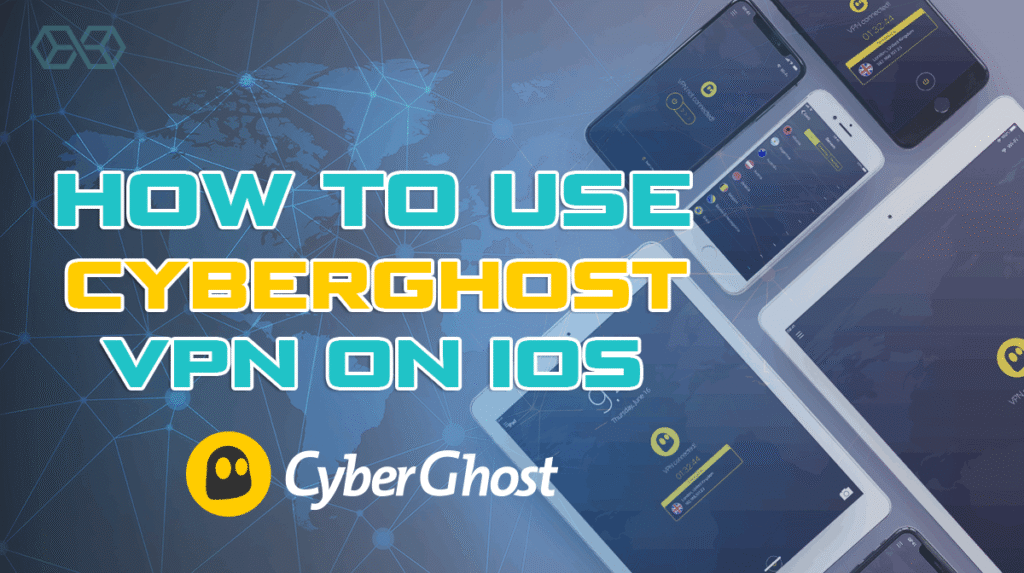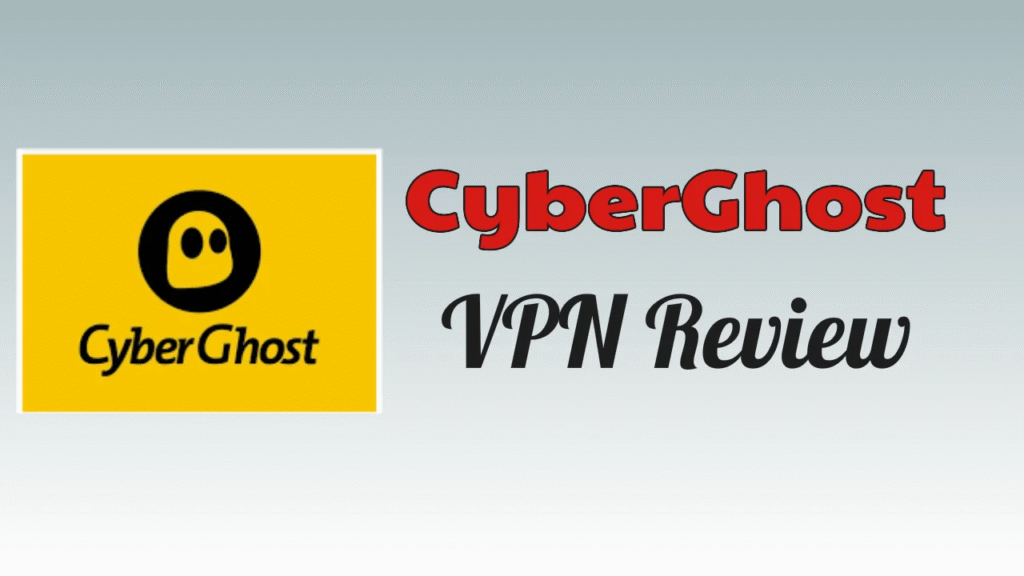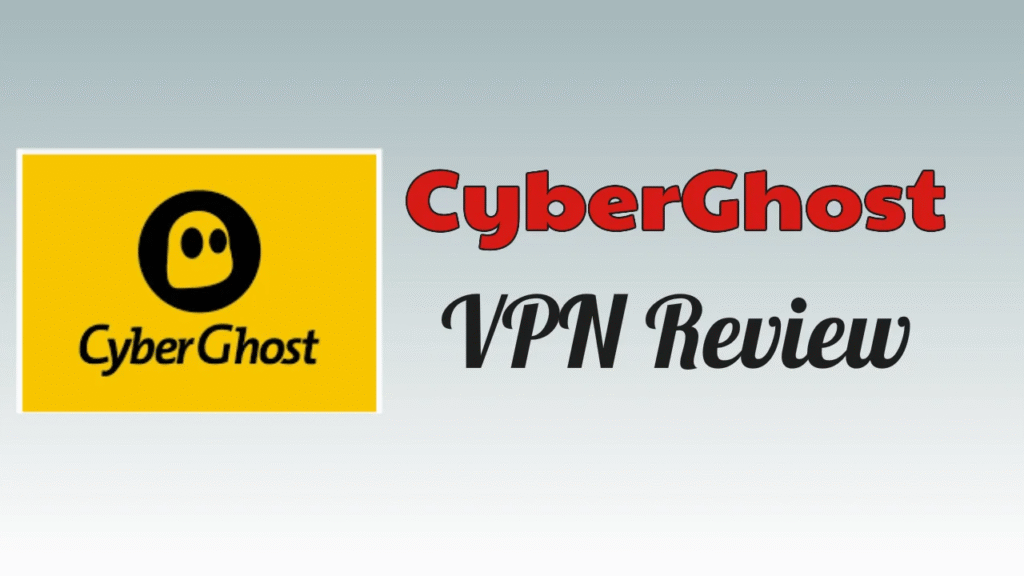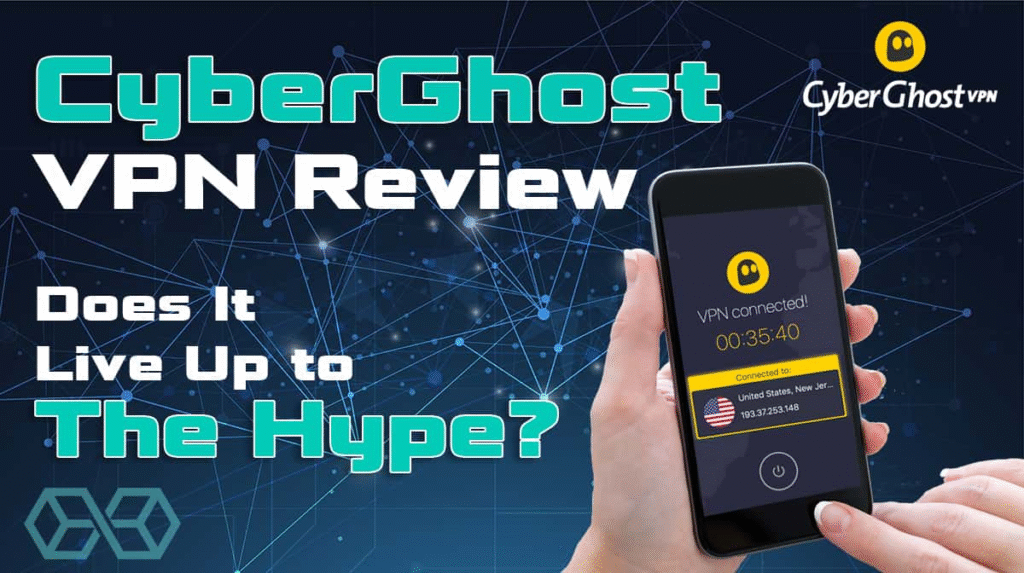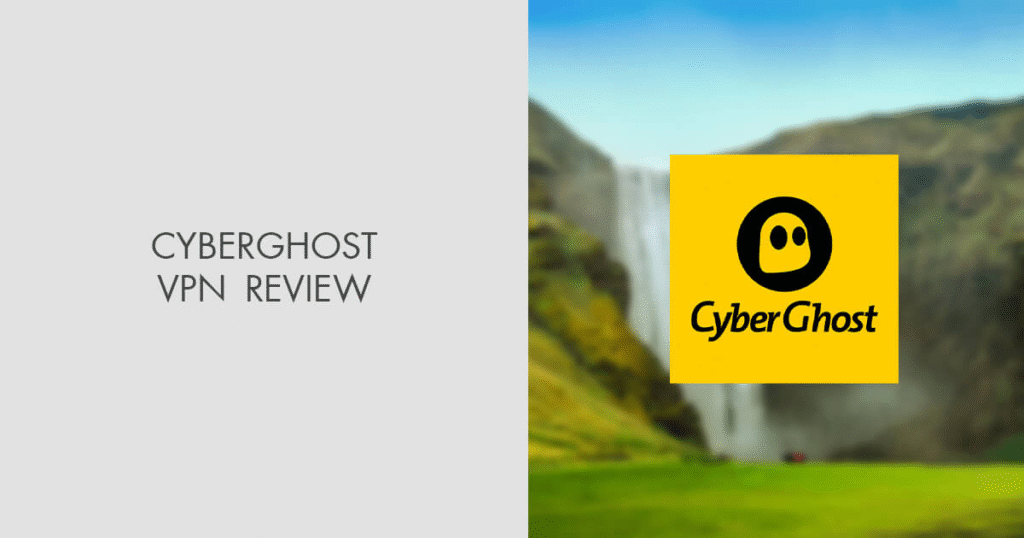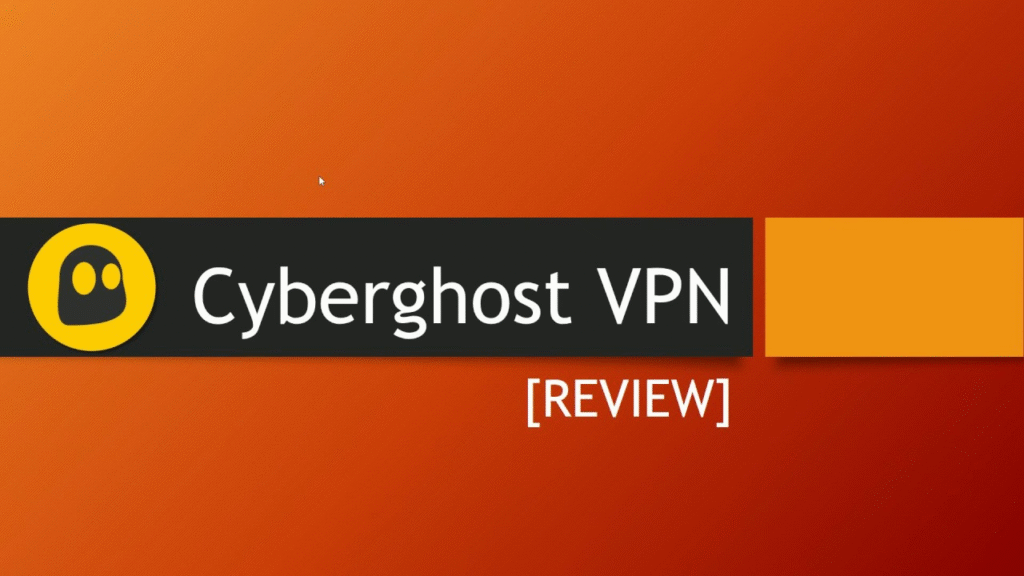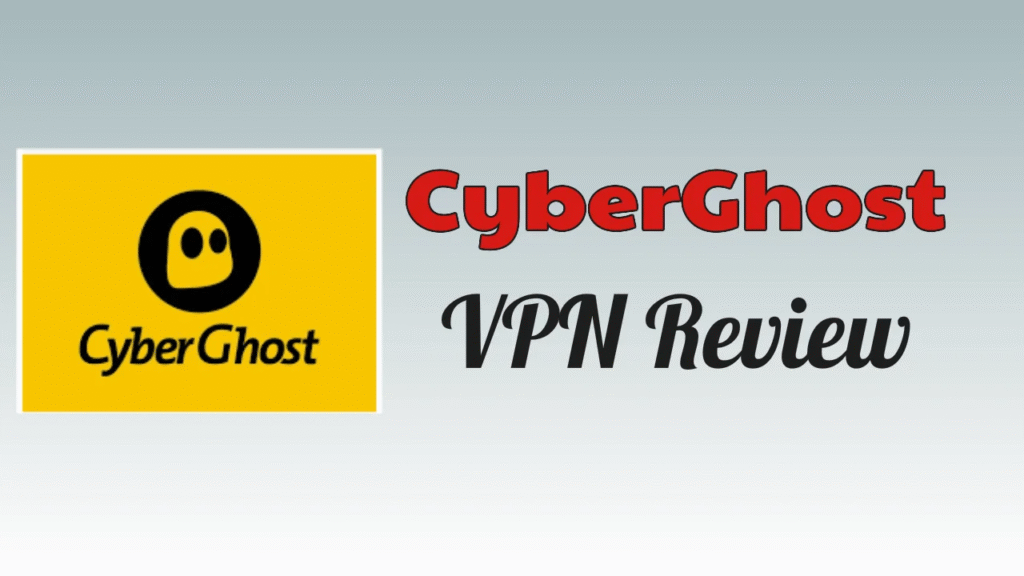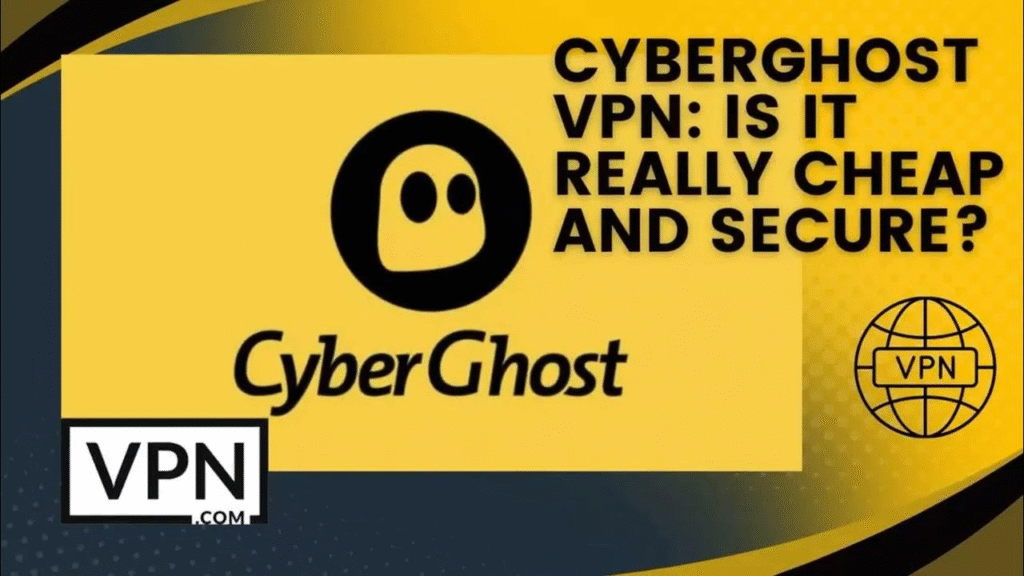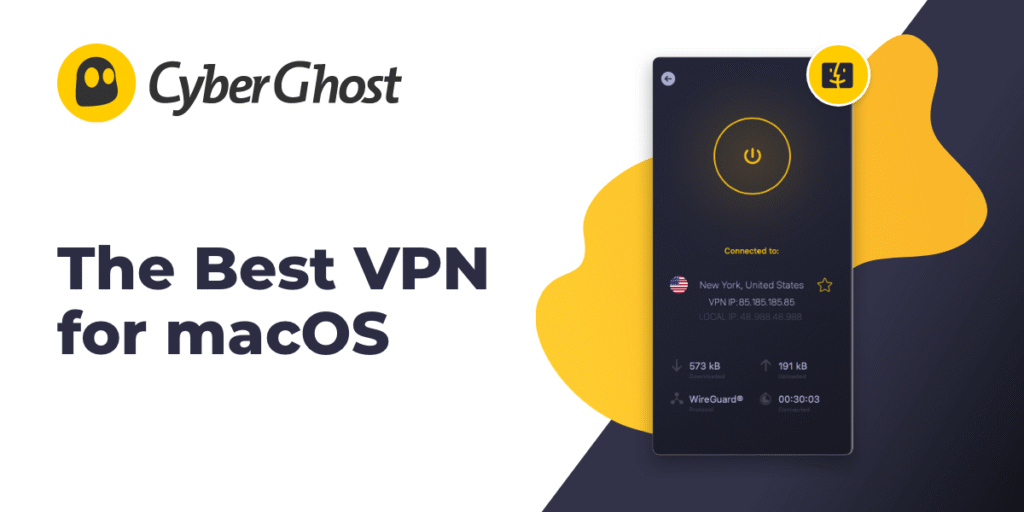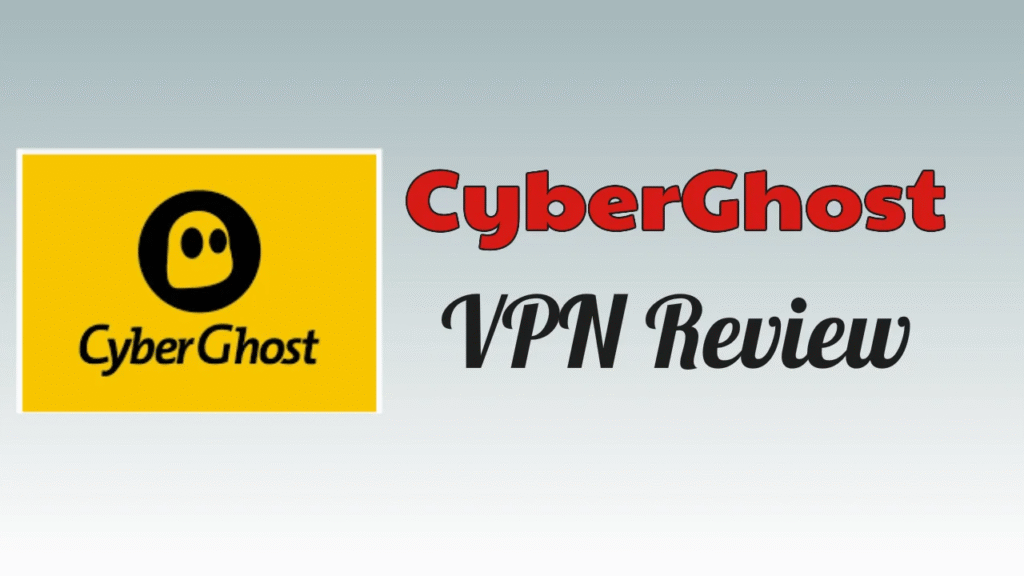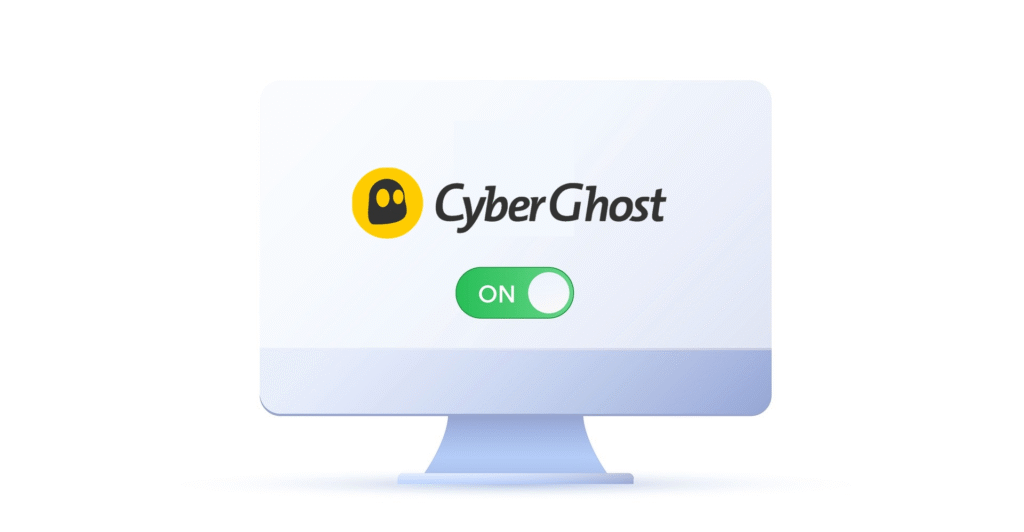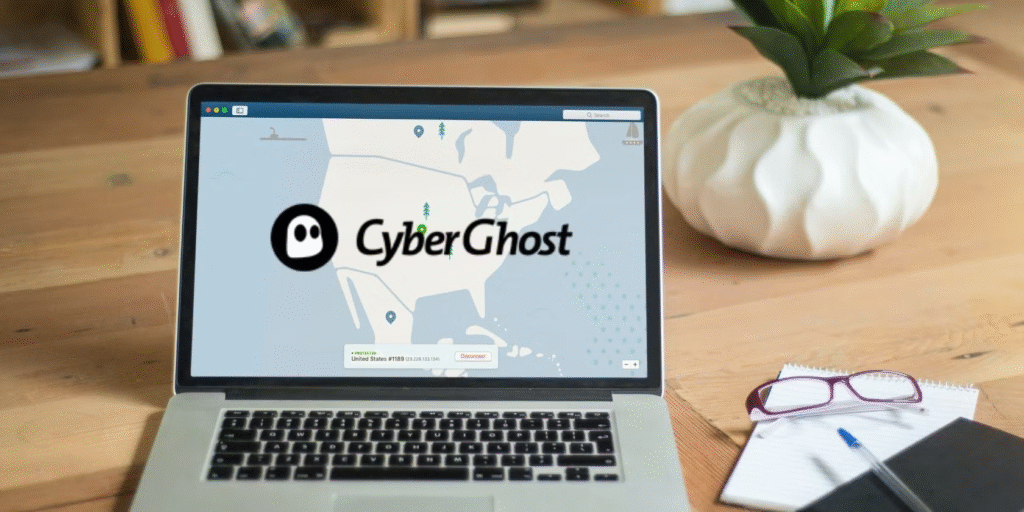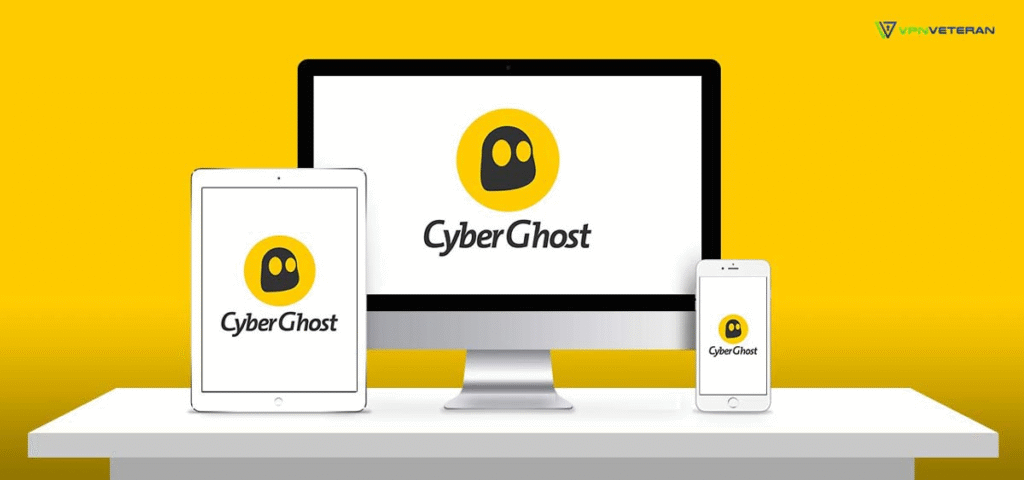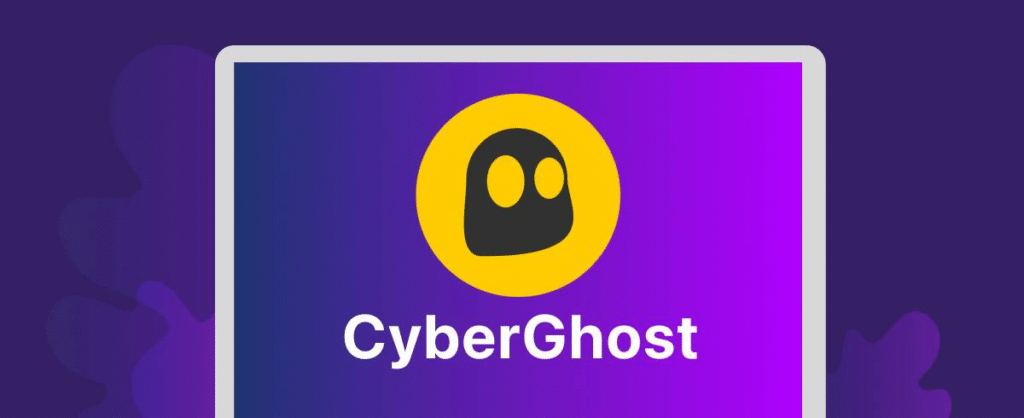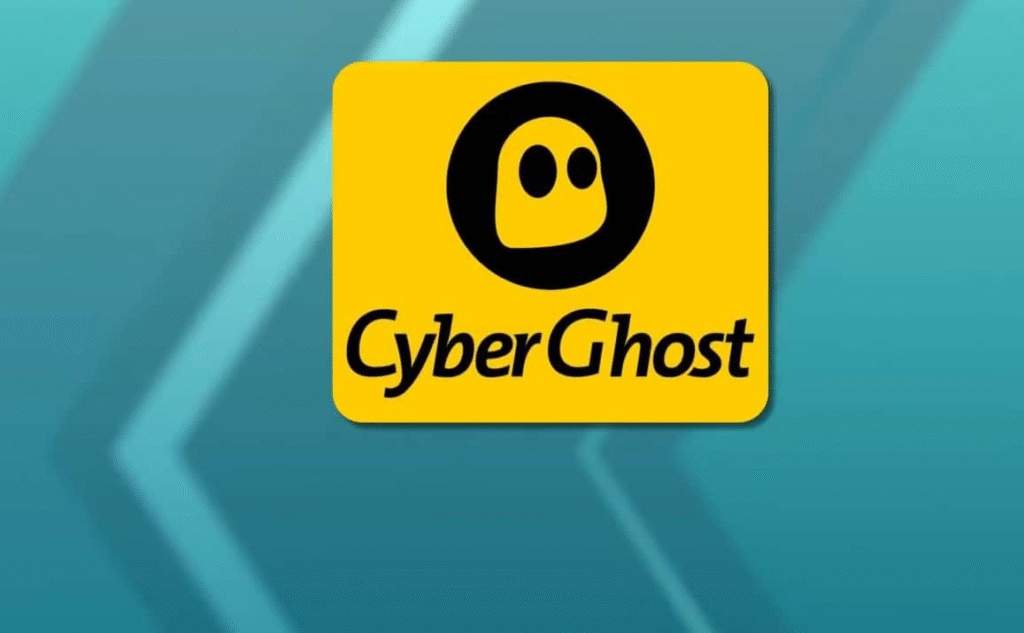In the digital era where cybersecurity threats are ever-evolving, it is essential to have robust security solutions in place. SonicWall is a prominent name in the field of network security, Sign in Sonicwall offering products such as firewalls, VPNs, and endpoint protection. Whether you’re an IT professional managing a corporate network or a small business owner using a SonicWall device for secure access, understanding how to access and manage your account is crucial.
This guide offers a thorough and user-friendly approach to accessing your SonicWall account. It will walk you through every step, from preparing your credentials and understanding your account’s features to resolving common issues. Sign in Sonicwall By the end, you’ll have a complete understanding of how to sign in to your SonicWall account without hassle.
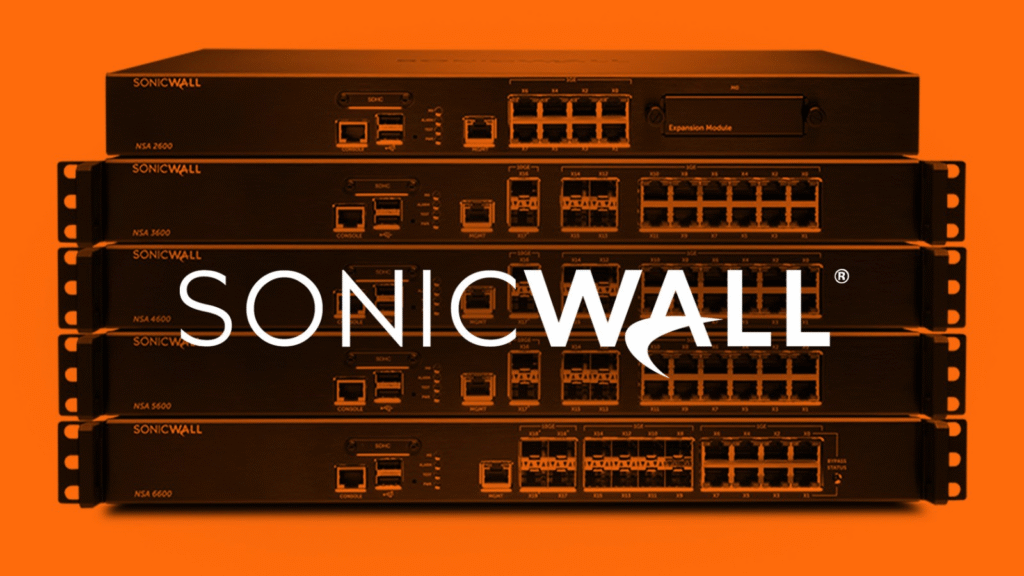
What is a SonicWall Account?
A SonicWall account is your centralized portal for managing all SonicWall products and services. Through this account, users can register new devices, manage licenses, access support, Sign in Sonicwall configure settings, and download essential firmware and software updates.
Your account is typically used in conjunction with SonicWall hardware or software, allowing both administrators and end-users to control configurations, manage security policies, and maintain up-to-date defenses against cyber threats.
Importance of Accessing Your Account
Accessing your account is not just about configuration. It allows you to:
- Register SonicWall products
- Activate and manage services
- View system health and network analytics
- Download firmware and software updates
- Open and track support tickets
- Configure VPN, firewall rules, and endpoint protection
- Access documentation and troubleshooting tools
Whether you’re managing one device or a fleet of appliances, seamless access to your account is critical to maintaining operational security.
Prerequisites Before Signing In
Before attempting to access your SonicWall account, ensure the following are in place:
1. An Active Internet Connection
Ensure you have a stable and secure internet connection to prevent timeout errors during login.
2. Your Account Credentials
You will need the email address associated with your SonicWall account and the corresponding password.
3. Two-Factor Authentication (2FA)
Many accounts are protected with two-step verification. Make sure you have access to your phone or authenticator app.
4. Browser Compatibility
Use updated versions of browsers like Google Chrome, Mozilla Firefox, or Microsoft Edge for optimal performance.
Creating a SonicWall Account (If You Don’t Have One)
If you are new to SonicWall, follow these steps to create an account:
- Visit the official SonicWall website.
- Navigate to the account registration section.
- Enter your email, name, organization, and phone number.
- Create a strong, secure password.
- Accept the terms and conditions.
- Verify your email address via a confirmation link sent to your inbox.
Once your account is confirmed, you’re ready to begin using SonicWall’s suite of tools and services.
Step-by-Step Instructions for Signing In
Now that you’re prepared, follow these steps to sign in successfully:
Step 1: Navigate to the Login Page
Use your preferred web browser and enter the web address for the official login page. Make sure you’re on a secure and official site to avoid phishing attempts.
Step 2: Enter Your Email Address
Input the email associated with your account in the email field.
Step 3: Enter Your Password
Type your secure password carefully. Passwords are case-sensitive, so ensure Caps Lock is off.
Step 4: Complete Two-Factor Authentication
If two-factor authentication is enabled, you’ll receive a code via SMS, email, or an authenticator app. Enter this code to proceed.
Step 5: Access Your Dashboard
Upon successful login, you’ll be directed to your user dashboard. From here, you can access device information, license management, support cases, and more.
Managing Your SonicWall Account After Sign-In
Once logged in, you’ll find numerous functionalities that help manage your network security effectively.
1. Product Registration
Add new SonicWall hardware by entering the product serial number and authentication code.
2. Licensing and Subscription Management
View, renew, or upgrade security services like anti-virus, intrusion prevention, content filtering, and cloud backup.
3. Firmware Updates
Check for new firmware releases and download them to keep your appliances updated.
4. Support Access
Create and monitor support tickets, chat with technicians, or access a comprehensive knowledge base.
5. Device Management
Configure firewall rules, VPN settings, or wireless access for all registered devices.
6. User Roles and Permissions
Grant access to team members and assign them roles such as administrator, read-only user, or technician.

Common Login Issues and How to Fix Them
Occasionally, you may encounter problems while trying to access your account. Sign in Sonicwall Here are some common issues and their solutions:
Issue 1: Forgotten Password
Use the “Forgot Password” option to reset it. Follow the instructions sent to your email.
Issue 2: Incorrect Credentials
Ensure you are entering the correct email address and password. Double-check for typos or incorrect character cases.
Issue 3: Two-Factor Authentication Not Working
Make sure your device time is accurate and the authentication app is synced. Alternatively, request a new verification code.
Issue 4: Account Locked
Too many failed login attempts may lock your account. Wait for a cooldown period or contact support to unlock it.
Issue 5: Browser Compatibility
Try clearing the cache or switching to a different browser if the page isn’t loading correctly.
Best Practices for Secure Account Access
To ensure your SonicWall account remains secure and accessible, follow these recommendations:
- Use a Strong Password: Avoid using predictable phrases or personal information.
- Enable 2FA: Always opt for two-factor authentication where available.
- Regularly Update Passwords: Change your password every 90 days.
- Avoid Public Networks: Do not log in using public Wi-Fi without additional encryption.
- Monitor Login Activity: Check for unauthorized logins in your account history.
- Keep Recovery Information Updated: Ensure your backup email and phone number are current.
Accessing SonicWall from Mobile Devices
SonicWall accounts can also be accessed via mobile devices for greater flexibility.
Using a Mobile Browser
- Open your device’s browser and visit the login page.
- Sign in using your credentials.
- Navigate the dashboard with responsive mobile design.
Using SonicWall Mobile Apps
SonicWall Mobile Connect app allows secure Sign in Sonicwall VPN connections and limited account management functionalities from mobile devices.
Advanced Tips for Network Administrators
Network administrators often require more complex configurations. Here are some advanced practices:
Role-Based Access Control
Set role-specific permissions so team members can only access what they need.
Audit Trails
Enable activity logging to track user interactions and login attempts.
API Integration
Use SonicWall’s API features to automate device management and user provisioning.
Periodic Reviews
Conduct regular audits of device registrations, license renewals, and user access.
Keeping Your Account Up-to-Date
Maintaining your account doesn’t end at sign-in. Periodic updates and monitoring are essential for continuous security.
License Renewals
Monitor expiration dates and renew services to avoid security lapses.
Contact Information
Make sure your email and phone number are always updated to receive critical alerts.
Backup and Recovery Options
Set up backup codes and recovery email addresses in case you lose access to your primary method.
How SonicWall Enhances Security
After signing in, you have access to one of the industry’s leading security platforms. Features include:
- Real-time threat detection
- Secure VPN access
- Traffic monitoring and reporting
- Customizable firewall rules
- Endpoint and wireless security solutions
All these tools are accessible through your account dashboard, Sign in Sonicwall giving you complete control over your network’s safety.
Frequently Asked Questions
Can I have multiple users on one account?
Yes, you can add team members and assign different roles for collaboration.
How do I change my password?
Log into your dashboard, go to account settings, and select “Change Password.”
What should I do if I don’t receive the 2FA code?
Check your spam folder or use your backup authentication method.
Is it safe to stay logged in?
For security reasons, always log out after your session, especially on shared or public computers.
Can I access my account internationally?
Yes, but logins from unusual locations might trigger a security alert or temporary lockout.

Conclusion
Gaining access to your SonicWall account is a crucial step toward securing your network infrastructure and managing digital security tools effectively. Sign in Sonicwall This guide has walked you through every aspect—from prerequisites and sign-in steps to troubleshooting and best practices.
Whether you’re an IT expert or a business owner navigating the world of cybersecurity, knowing how to manage your account efficiently is foundational to achieving a safe digital environment. Sign in Sonicwall With the right credentials, best practices, and awareness of how the platform functions, you’ll be well-equipped to take full advantage of what SonicWall offers.



